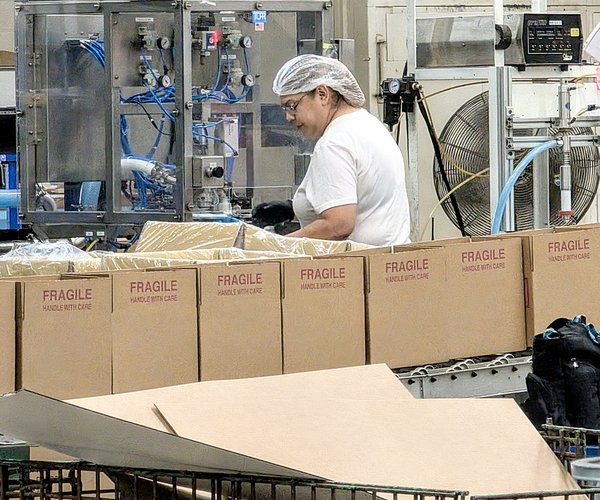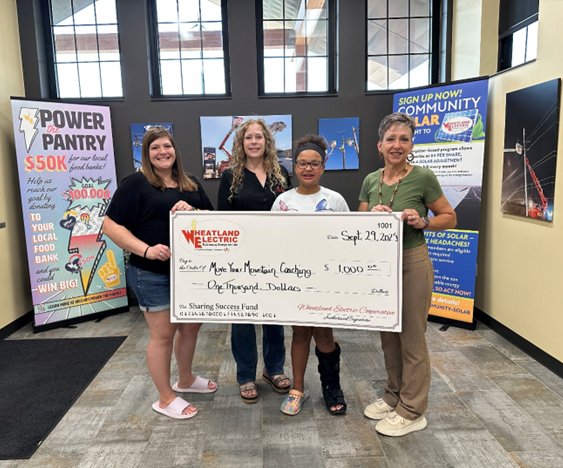As of Tuesday, Oct. 14, the drought monitor report indicates little change from last week for us. There is an increase in abnormally dry and moderate drought conditions for the eastern quarter of the state and in the northeast. Our area is still totally out of dry conditions. The six-to 10-day outlook (Oct. 20 to 24) indicates a 40 to 50% chance of leaning above normal for temperatures and near normal for precipitation. The eight to 14-day outlook (Oct. 22 to 28) indicates a 40 to 60% chance of likely above normal for temperatures and 33 to 40% chance of leaning below normal for precipitation. We could use precipitation for establishing wheat. As long as temperatures aren’t strongly above normal and with soil moisture, it’s good for late planted wheat and establishing tillers. This should also allow for rapid progress on fall harvest.
Last week we discussed the challenges of pest control using primarily chemical control: pests developing resistance to the chemistry; potential negative health effects for people and livestock; the deleterious effects of these chemicals in the environment; the loss of beneficial species and offsite damage. These concerns led to the development and continued refinement of IPM (Integrated Pest Management), which looks at the entire range of control practices and seeks the least environmentally damaging control methods. IPM does use pesticides but as part of a range of management practices. Today, let’s start examining these practices.
First, a few keystone tenets of successful IPM in managing weeds, disease, and insects:
• You have several options: eradication, control, suppression, and exclusion. What is selected is a function of where you and dealing with the pest; the life cycle of the pest; what is practical; what the potential damage is; and what the management options are. Exclusion, keeping the pest out of the area, is more practical in a greenhouse setting or where say the disease isn’t present. Eradication is practical in a small setting outside or again something like a greenhouse. Suppression is often the most practical in a field setting, especially with something like insects and certain diseases. The key to deciding leads to the next bullet point.
• You must be able to accurately identify the pest. That tells you the life cycle, the type of damage caused by the pest, and again, what control measures are feasible and/or necessary. When is potentially a problem? When is the most effective time to control it and with what measures?
• Once you identify a pest, sampling is a key. Knowing the pest helps you to determine when, where, and how to sample. Then you must accurately sample to obtain an accurate population estimate and the potential economic impact. There are many extension publications to assist in all this. Sometimes, what appears to be a problem, after a good sample, isn’t, and what seem to be minor may require immediate action. For some pests, a producer knows there will be a problem and addresses it without the need for continued sampling.
Dr. Victor L. Martin is the agriculture instructor/coordinator for Barton Community College. He can be reached at 620-792-9207, ext. 207, or martinv@bartonccc.edu.





